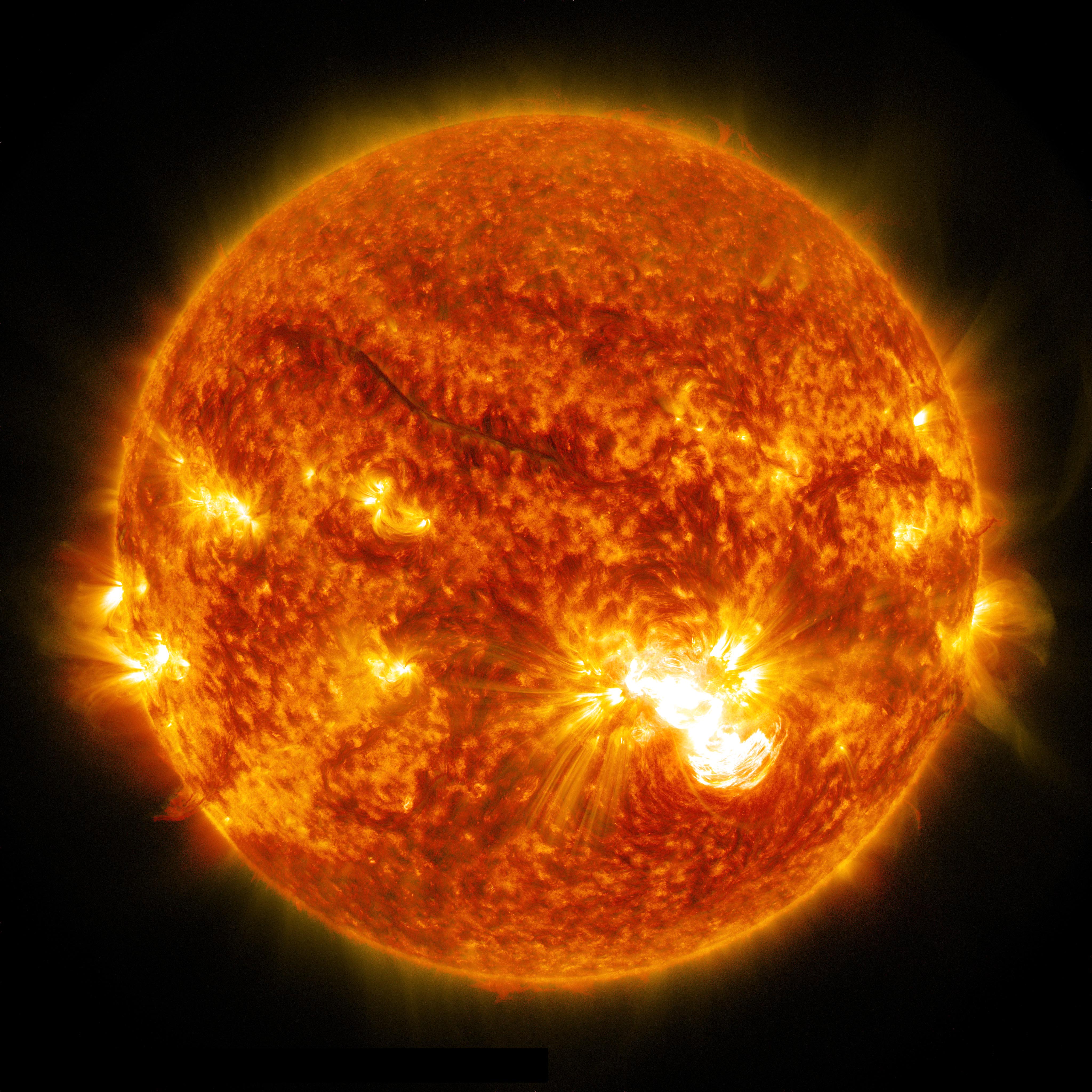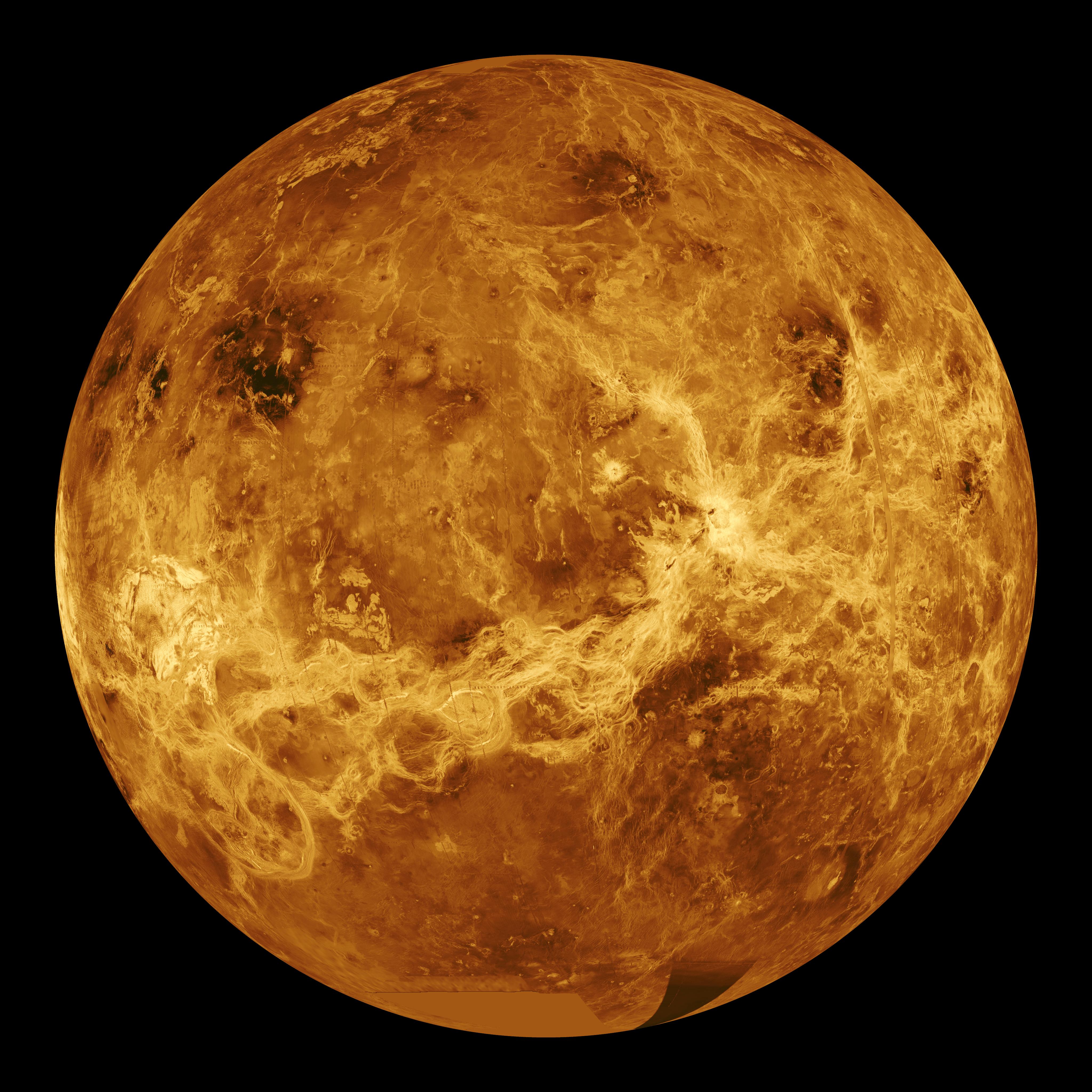Reading and enjoying these below facts on dreams that will blow your mind
1. Dream tenure
An average human being spends 6 whole years of his/her life dreaming, from everydayfactsoflife.
2. Memory limit
There's a time limit to how much you can remember about your dream. Only within five minutes since you are up from your sleep, an average person's dream is forgotten and in just 10 minutes, 90 percent of the dream is gone with the wind. However, if awakened at the REM (rapid eye movement sleep) stage, that person is more likely to remember the dream.
3. Eyes don't matter
Blind people can dream. People who became blind after birth can see images in their dreams and those who were born blind dream as vividly, however, instead of seeing images, they use their other senses such as smell, sound, touch etc. to dream.
4. Dream Master
The good part is that you can often control your dreams. You can manipulate, twist and turn the beginning and the ending of your dreams like it's a movie being shot in front of you. It is called the "Lucid dreaming" (one is aware that he/she is dreaming) phase.
5. Entry level
Toddlers don't star in their own dreams till they are about 3-4 years old.
6. Dreams are for everyone
There is not one person who doesn't dream, except those who have psychological disorders. If you think you don't dream, it's just that you're forgetting your dreams. That might be one of the most awesome interesting facts ever.
7. Familiarity
You might not remember the person in your dream. However, a person only dreams of people he/she has encountered in life but it's impossible to keep track of thousands of faces that you come across each day.
8. Colour no bar
Not everyone dreams in colour and not everyone dreams in black and white. If a person grew up watching black and white television, he/she is more likely to dream in black and white. In a survey, it was revealed that 12% of sighted people ONLY dreamt in black and white and rest of the sample dreamt exclusively in colour. The number has gone down. Today, only 4.4% under-25-year olds dream in black and white, the change is being based (by scientists) upon the transformation from black and white television to colour media.
9. Symbol
You sometimes have the strangest of dreams - some scary, some worrisome and the rest absolutely angelic. Remember, these are all symbols for something or the other. There's nothing strange about these dreams because they are only talking in a symbolic language like poems. Check out my list of fun, weird and just plain amazing fact of life I have found.
10. Universal
It's not only you who dreams, animals dream too just like this leopard lost in his dreamworld after eating lunch. The best example is a dog, you will often see them twitching their paws as if they are running in their dreams.












